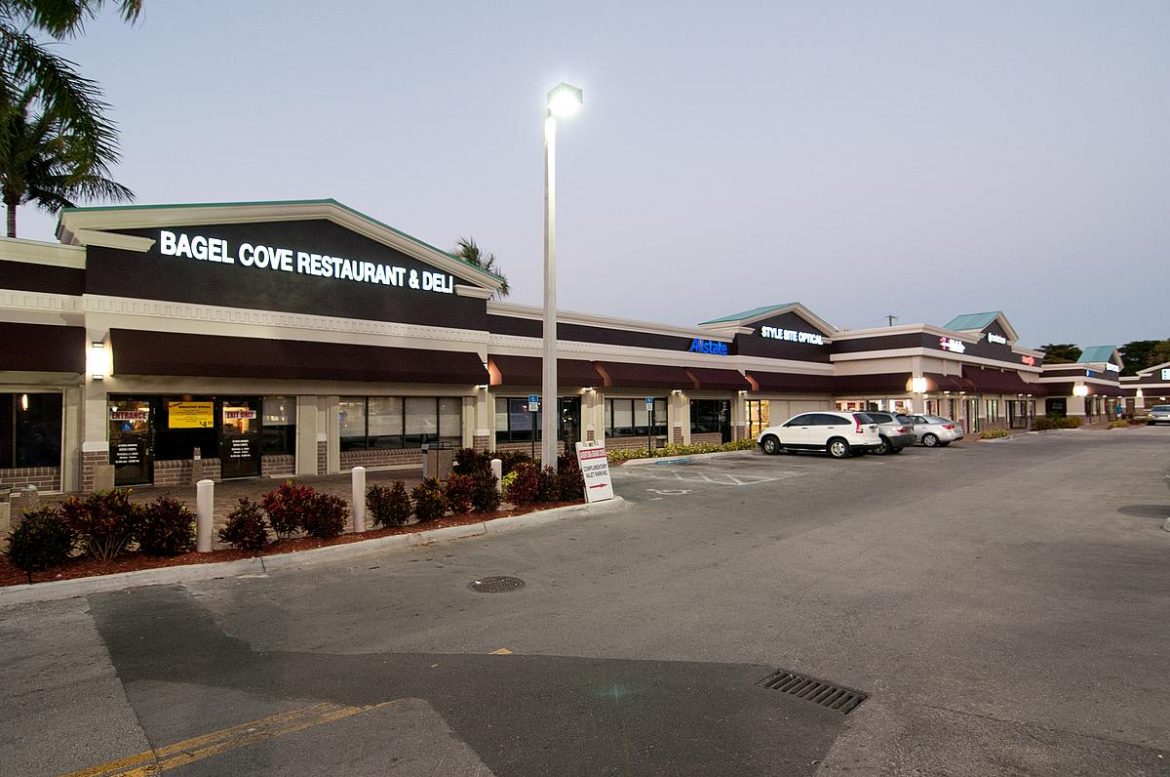To protect commercial properties along the waterfront in downtown Miami and by the Miami River, city officials and the real estate industry should implement natural lines of defenses, consider using less ground floor space for commercial uses, embrace transit-oriented, mixed-use projects and identify funding resources for large-scale flood mitigation projects similar to the Thames Barrier in London.
Those are some of the recommendations made by a 10-member panel of the Urban Land Institute, or ULI, brought on by the City of Miami and the Miami Downtown Development Authority to figure out ways to make the urban core more resilient to climate change.
The panel’s final report came out this month. It focuses on strengthening the Biscayne Bay waterfront as Downtown Miami’s first line of defense against rising seas, transforming the Miami River into a mixed-use district that bridges the gap between the water and surrounding neighborhoods such as Little Havana and Allapattah. The report also recommends creating incentives for responsible development along an inland ridge of high-lying ground.
“The Urban Land Institute’s preliminary findings provide us with a roadmap for enacting design, infrastructure, zoning and financing strategies that will ensure Miami sustains its growth as a world-class city – not for years, not for generations, but forever,” said Miami City Commission Chairman Ken Russel, who also chairs the Miami DDA. On Nov. 21, commissioners passed a symbolic resolution declaring Miami is an a state of climate emergency.
The ULI recommends city officials adopt living shorelines along the Miami Baywalk and Riverwalk, study the development of an iconic tidal gate for the Miami River, use the city’s transfer of development density program to give builders incentives for building in less flood-prone areas and update the downtown Miami master plan to incorporate building streets and sidewalks at a higher elevation.
According to the ULI report, commercial properties in Miami’s urban core, which includes retail storefronts, offices and large apartment buildings, comprise $21.1 billion in taxable value. Roughly $5 billion of that value exists with a quarter mile from Biscayne Bay and the Miami River.
Since 2009, a total of $13.1 billion was invested in commercial property in the Miami central business district, indicating an active market, the ULI report states. The ULI panel largely agreed that the city’s current waterfront guidelines lack overall flexibility, have some problematic design requirements, and do not allow for elements, such as terracing, that could address storm surge.
Source: Forbes

